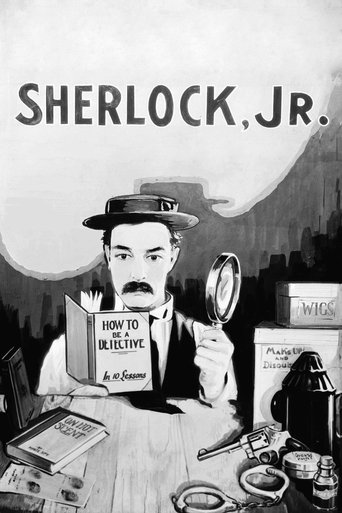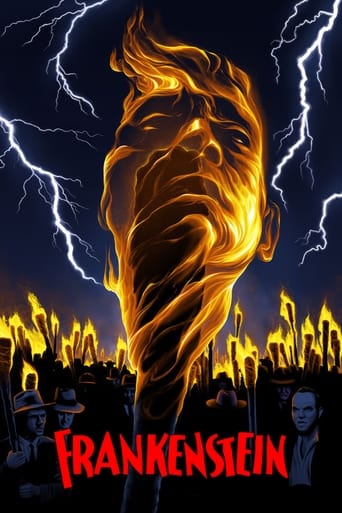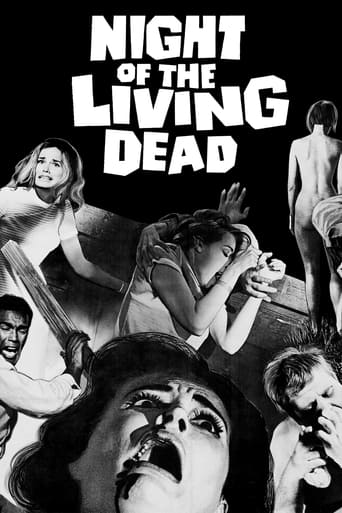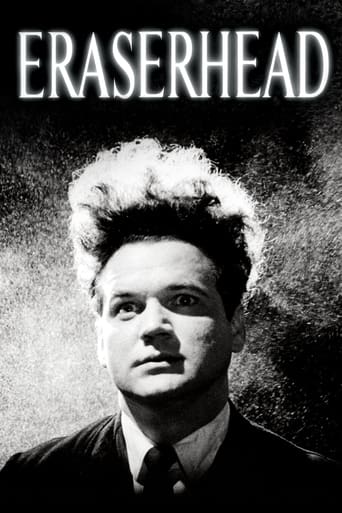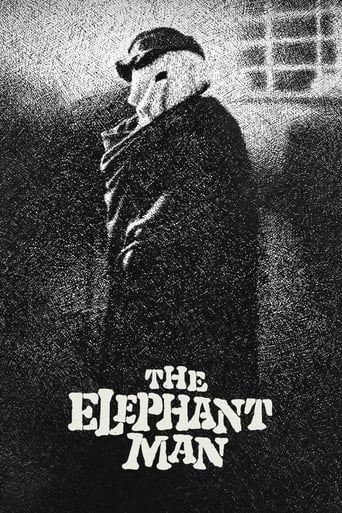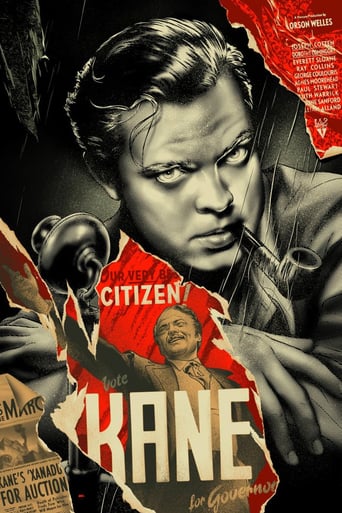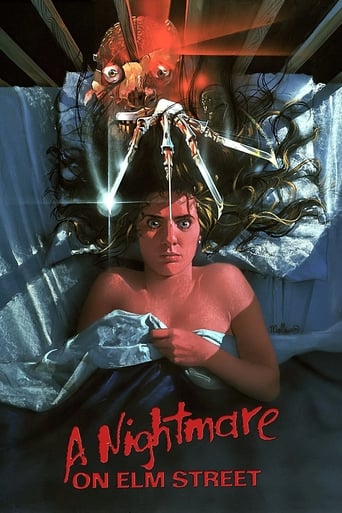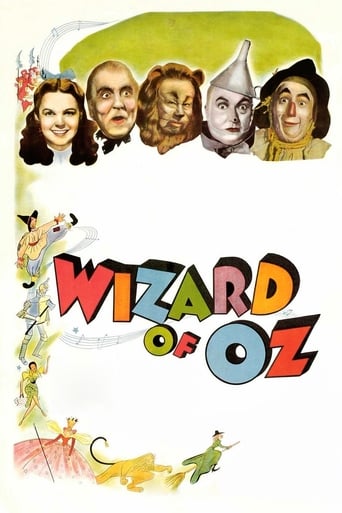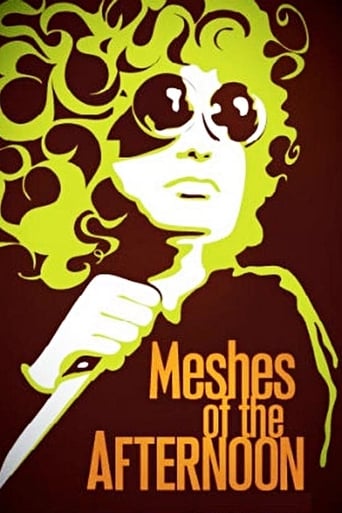


Meshes of the Afternoon
A woman returning home falls asleep and has vivid dreams that may or may not be happening in reality. Through repetitive images and complete mismatching of the objective view of time and space, her dark inner desires play out on-screen.
-
- Cast:
- Maya Deren , Alexander Hammid


Similar titles
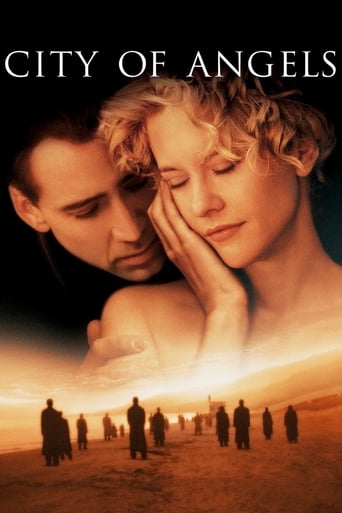

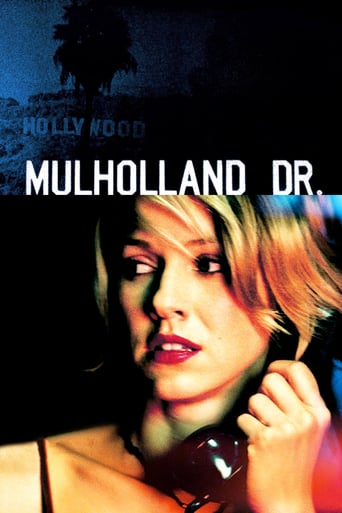
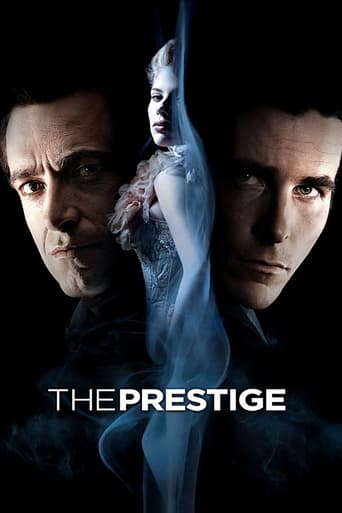

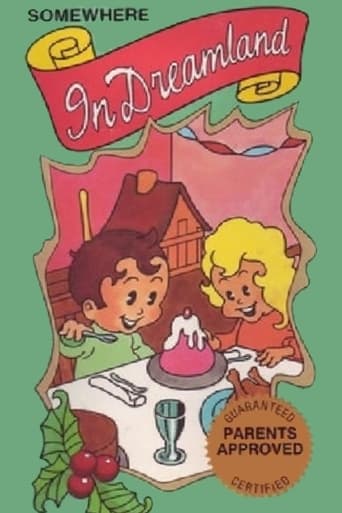
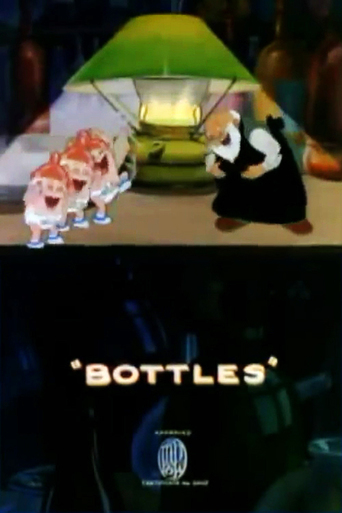
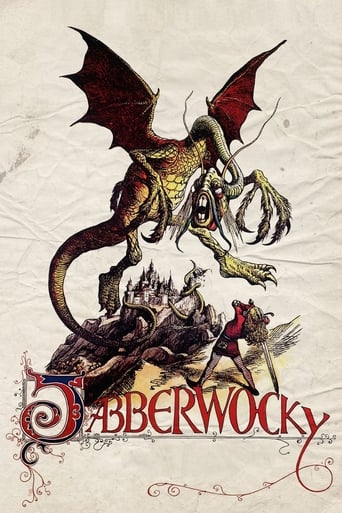
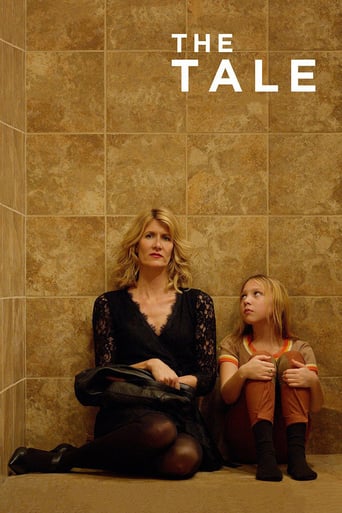
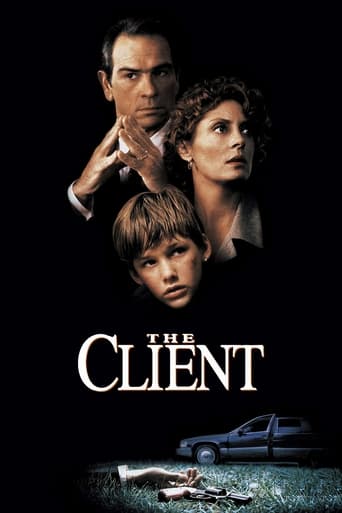
Reviews
Simply Perfect
best movie i've ever seen.
It's entirely possible that sending the audience out feeling lousy was intentional
This is one of the best movies I’ve seen in a very long time. You have to go and see this on the big screen.
What does the key mean in this movie? That may sound like one of those questions your film professor would (smugly?) ask of you after seeing it in class, but I'm serious - what might this mean? Or does it mean anything? The thing with surrealist films, especially when they're short like this, is the matter of: do you question what you're seeing, interpret them, or let the images wash over you? Meshes of the Afternoon has a little more narrative than some other avant-garde short films - compared to Brakhage it has the formalism of John Ford - but there's plenty of mystery and wonder to be seen here, even with the filmmaker pointing out: 'Hey, it's just a dream... OR IS IT?!' A woman comes home (Deren, also the co-director), and falls asleep on the chair. We know this, and that she is likely dreaming, because of the way the camera pulls back from looking outside and seems to be inside of a circular tube. It's a fascinating device to bring the viewer into a dreamscape. Even with the knowledge that we're in surrealistic terrain from here-on out, the opening of the film still carries an eerie, abstract quality to it - we really don't get a good look at the woman's face at all, just her feet in the sandals walking up to the house and going inside, her legs and body, but not her face.I have to think that this is intentional and goes towards what others have pointed out, with Meshes being a movie about identity, about who a person (or especially what a *woman* is supposed to be). But like all strong and masterful surrealists, Deren and her collaborator also know that they shouldn't have to, and should not really, tell anything what is really going on. Sure, it could be about identity. It could also be 'about' any number of things: what does a dream 'mean' to you, if you are seeing multiple you's, or crawling up a wall, or holding a knife, or suddenly, when all seems to be "back to normal", crashing away the image of a husband with the knife into shards of glass on a beach. Yeah, that happens here.So much to take in in just under 14 minutes, and Deren fills the frame with deliciously shot, terrifying images. There's reason this has been touted over the years (and even preserved by the Library of Congress), since it deals in rich textures of the Home (in capital 'H'), and Deren herself is quite a figure to behold, with her big hair and face that is confused and kind of sexy (intentional or not, though there's also big black clothes, a correlation with the 'Figure in Black' with the Mirror face as well). There's certainly, if one can read anything concrete, feminine about the experience of Meshes of an Afternoon, and maybe it's just so personal an experience that it may mean different things to men and women alike.The wonder of the film, why it lasts, is that you can leave it open to interpretation, and a figure in black or seeing yourself on a couch, or being on a beach with a knife, these are striking images that are rich enough to be impactful. At the same time, the filmmakers are cognizant of how to compose a shot, and more importantly how to keep shots moving along. Unlike some other avant-garde/experimental/surreal shorts, this is not a chore to sit through, and it's not "pretentious" either. It's bizarre, awesome art.
'Meshes of the Afternoon' is the first and best-known film of experimental film-maker Maya Deren, whose surrealist tinged movies explore time, space, self, and society and have had a lasting influence on American cinema. 'Meshes ' begins with a hand reaching down, as if from Heaven, leaving a flower on a pathway which a woman (Deren) picks up on her way to her house. When she arrives she ascends some stairs, gets her key out, unlocks the door and enters the house. Already an ominous absence is present, and a subsequent tour of the house shows us a bread-knife, a telephone off the hook, and up another flight of stairs we see an empty bed. After the woman falls asleep, these domestic objects' double life as Freudian symbols is revealed and charged with increasing potency with each repetition of the cyclical narrative until the films catastrophic denouement.In using Freudian symbology and a cyclical narrative, 'Meshes ' certainly has a dream logic which is reminiscent of surrealist films likes Cocteau's 'Blood of a Poet' as well as Dali and Bunuel's 'Un Chien Andalou'. However, Deren actively rejected the "Surrealist" tag and the difference between 'Meshes' and these seminal surrealist works is marked. Firstly, despite the repeating narrative, objects suddenly transforming into something else, and a lead character that splinters into four, the dramatic structure of 'Meshes ' is quite tight and even though the viewer is challenged in regard to interpretation it struck me as quite straightforward compared to some of her later films. Secondly, the dreamscape of 'Meshes ' is not a celebratory realm liberated from reason, but rather a more claustrophobic and sombre world inhabited by a Grim-Reaper like image with a mirrored face, and the splintered identities of the protagonist who at one point congregate around the kitchen table.Since it was made, the film has had an immense impact both cinematically (in inspiring a new generation of film-makers to pick up the camera) and culturally given that the most favoured interpretation is that it is a feminist commentary on gender identity and sexual politics in an era when the role of women was changing dramatically. One might think that, in an era when David Lynch is mainstream and woman are arguably liberated, 'Meshes ' would feel dated. However, this is not the case, and remains fresh and engaging to a modern viewer in addition to its (deserved) status as a fascinating and influential piece of early experimental film.
I got to know this film from IMDb's "Similar movies, movies you may like" link, and what I'd expected was beyond my expectation. Way ahead of times editing and effect including "slow mo effect", brilliant score, haunting imagery and a captivating story-line in just 13mins.The movie starts by introducing of the actress "Maya Deren" herself and the core elements of the story with an emphasized shot on each of them, and each item might symbolize something, we get flowers, a key, a knife in a loaf of bread, a telephone. After the introduction "Maya Deren" went up to a room, stopped the record player and the film went silent, leading me to believe that the film's previous source of music came from that record player. After switching off the record player Maya Deren seemingly took a nap and things get crazy when the record started playing again without manual assistance, or so i thought and Maya Deren meeting a cloak figure with a mirror for a face, like in a dream or an out of body experience, stuck in an endless loop as the story-progress, and ultimately leading to a brilliant conclusion.Don't miss this.
I'm not quite sure what to make of the narrative, whatever there is of it. Watching it with contemporary standards in mind, the idea of a woman struggling with sanity and identity is not only trite, but wanting. Thanks no small part to the contributions to that particualr niche of Bergman, Polanski, Lynch, and Altman among others. But Meshes came out in 1943, almost a CITIZEN KANE of experimental film in that aspect, a film that can be appreciated solely on the strength of how ahead of its time it was, even in its navel-gazing fixation on the dreamlike and symbolic, to marvel in it a collage of film techniques for their form rather than their meaning, techniques now almost part of traditional narrative grammar, or at least not far from it, to be readily employed by commercial filmmakers without alienating the audience. Deren on the other hand seems to be inviting that sense of alienation and disorientation like the heroine of her film goes looking for it in her dream. What symbolism might exist behind key, knife, hooded figure or flower, is best left unresolved - symbolism, like irony, loses power when we become consciously aware of it. Despite the cerebral effort that I assume went into its making, in creating the seemingly random out of the orderly, Meshes succeeds more for its visceral, aural qualities. The elusive sense of a dream half-remembered in the hours after waking up, not for making sense of it, who was chasing you or why (a common recurring dream of mine), but the sense of being chased. This is why I think it ends on scene too late. The gruesome conclusion has little to add to the film. It seems like a narrative conclusion to a film that should defy both narratives and conclusions.

